Spanning 5200 kilometers, Prof.Ge Junbo's team successfully performed remote coronary intervention surgery for patients in Xinjiang
On May 28th, Professor Ge Junbo's team from Zhongshan Hospital affiliated with Fudan University, together with the Second People's Hospital of Kashgar Prefecture in Xinjiang, successfully performed the world's most remote robotic-assisted percutaneous coronary intervention (PCI) surgery using 5G technology, spanning 5200 kilometers. The success of this surgery marks an important step forward in the combination of 5G ultra-long-distance telemedicine and vascular intervention robot technology, becoming a significant milestone in the industry's development.
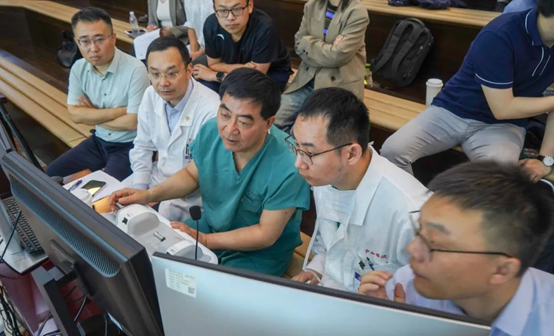
During a consultation between Professor Ge Junbo's team and the cardiology department of Kashgar Second Hospital, a 53-year-old Uyghur patient with a complicated condition was hoping to receive treatment using the "Shanghai Zhongshan technique." The patient had undergone right coronary artery stent implantation surgery for acute inferior myocardial infarction a month ago, and recently returned to Kashgar Second Hospital due to chest pain. After thoroughly reviewing the patient's medical records and obtaining prior approval from the hospital's ethics committee, Professor Ge and his team decided to use remote vascular intervention robots for the surgery, seizing this opportunity to bring this new medical technology and advanced treatment concepts to the Kashgar region.
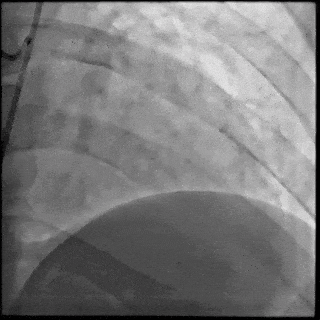
DSA Image 1. Left Coronary Angiography Before Treatment
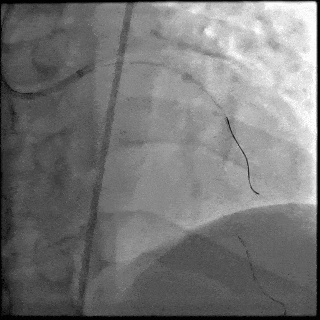
DSA Image 2. Deployment of Stent in Anterior Descending Branch
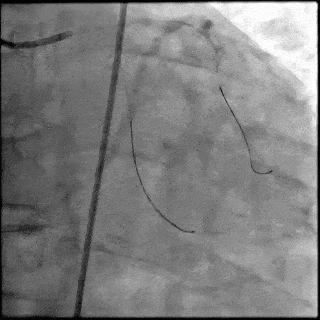
DSA Image 3. Guidewire Passing Smoothly Through Lesion in Circumflex Artery
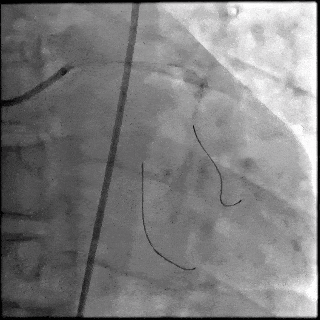
DSA Image 4. Angiography After Treatment
On May 28th, at 8:00, Professor Ge Junbo's team successfully connected with the catheter room of Kashgar Second Hospital via video link from the Zhongshan Hospital's Zhongwei Hall on the 16th floor of Building 16. The remote surgery between Shanghai and Kashgar officially commenced. At 8:35, after establishing access through the femoral artery in the catheter room of the Second People's Hospital of Kashgar Prefecture, coronary angiography was performed, revealing a severe 85% stenosis in the mid-segment of the left anterior descending artery, located at the bifurcation and adjacent to a myocardial bridge. Additionally, there was near total occlusion in the mid-segment of the left circumflex artery, with diffuse and tortuous narrowing of the vessel.
At 8:59, Professor Ge remotely controlled the vascular intervention robot, PANVIS COF, from Shanghai. He navigated the guiding catheter to the opening of the left coronary artery and manipulated the main guide wire and branch guide wire to pass through the stenotic lesion, then advanced them to the distal ends of the anterior descending and diagonal branches to establish a trajectory. Utilizing the micro-adjustment function of the intervention robot, he precisely positioned the stent deployment avoiding the myocardial bridge with submillimeter accuracy. Following the successful treatment of the stenosis in the left anterior descending artery, Professor Ge used a twisting mechanical control lever to remotely fine-tune the direction of the guide wire, smoothly passing through the subtotal occlusive lesion in the left circumflex artery. Due to the relatively small vessel size and diffuse lesion, Professor Ge decided to perform simple balloon angioplasty, which immediately showed almost no residual stenosis on angiography, avoiding additional stent implantation. At 10:10, all guidewires and catheters were withdrawn, and the surgery concluded smoothly.
Throughout the entire surgical procedure, Professor Ge personally "operated" remotely, maintaining close communication with the doctors at the Second People's Hospital of Kashgar Prefecture. He provided detailed explanations of each technical aspect and shared his expertise, greatly inspiring and benefiting the young scholars involved in the surgery.
This robot-assisted remote surgery, spanning 5200 kilometers, represents the furthest cardiovascular intervention surgery conducted globally to date! It truly achieved "zero distance" cardiovascular intervention surgery between Shanghai and Kashgar. Throughout the process, the PANVIS vascular intervention robot demonstrated core technological features such as low latency, precise delivery, stable and smooth operation, and full coverage of the robotic surgery process. We believe that the combination of robots and 5G technology can provide new solutions to address the uneven distribution of medical resources. By integrating more artificial intelligence into vascular intervention robots and leveraging modern communication technology, we can merge technologies and concepts from different regions in the same time and space, allowing more coronary heart disease patients to overcome distance barriers and access homogeneous high-quality medical services.
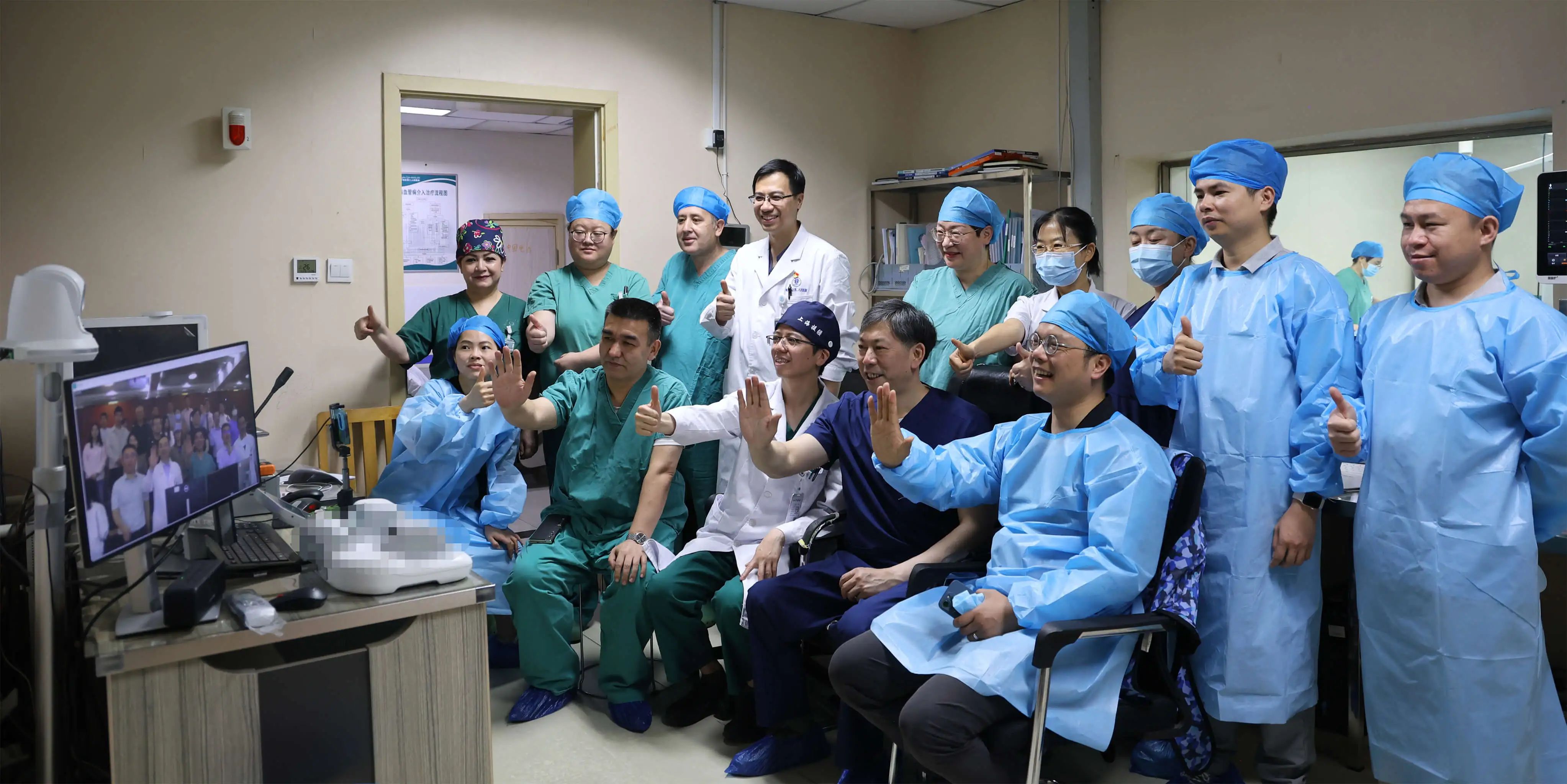 Second People's Hospital of Kashgar
Second People's Hospital of Kashgar
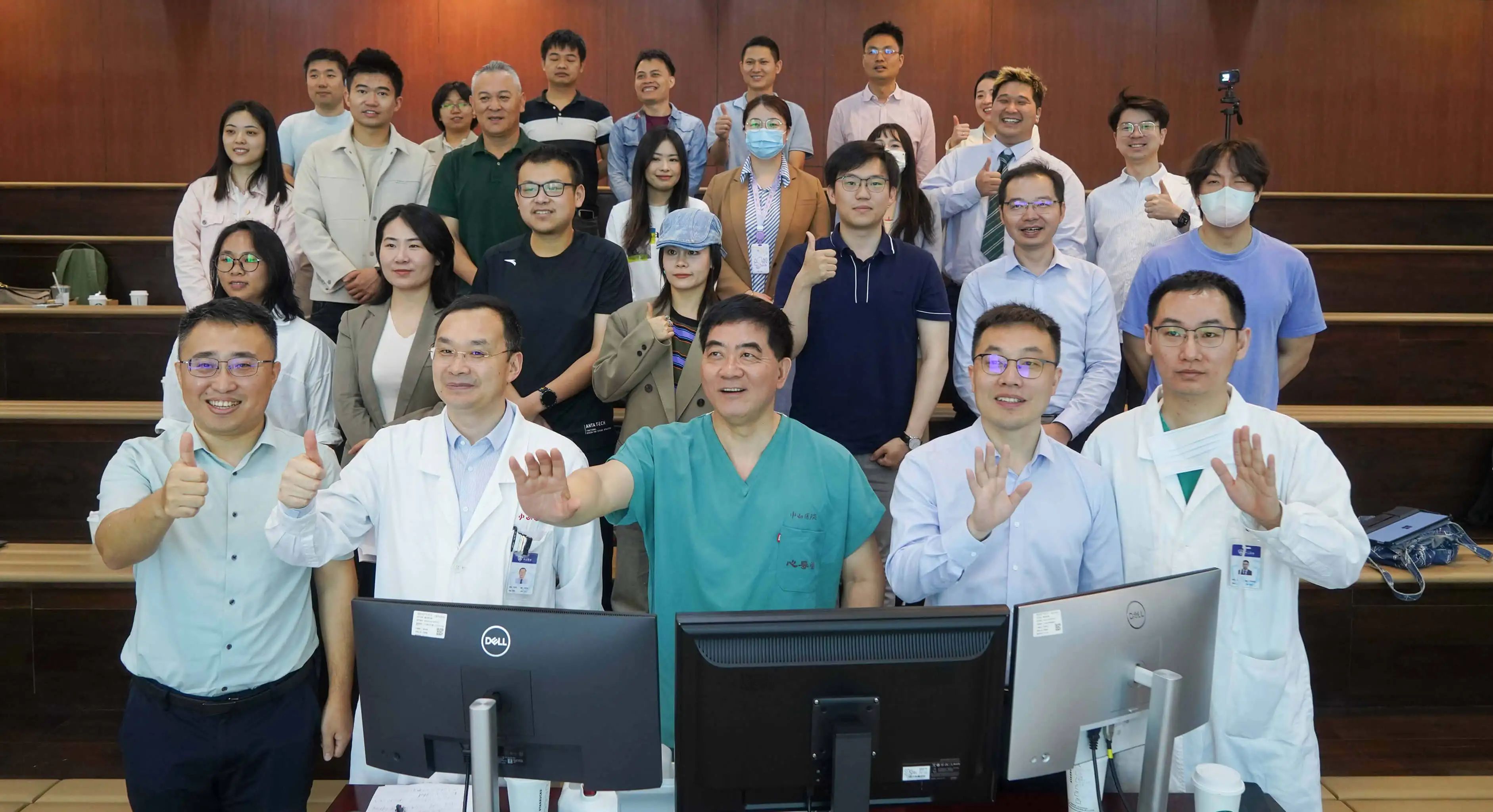
Zhongshan Hospital affiliated with Fudan University

发表留言
暂无留言
输入您的留言参与专家互动